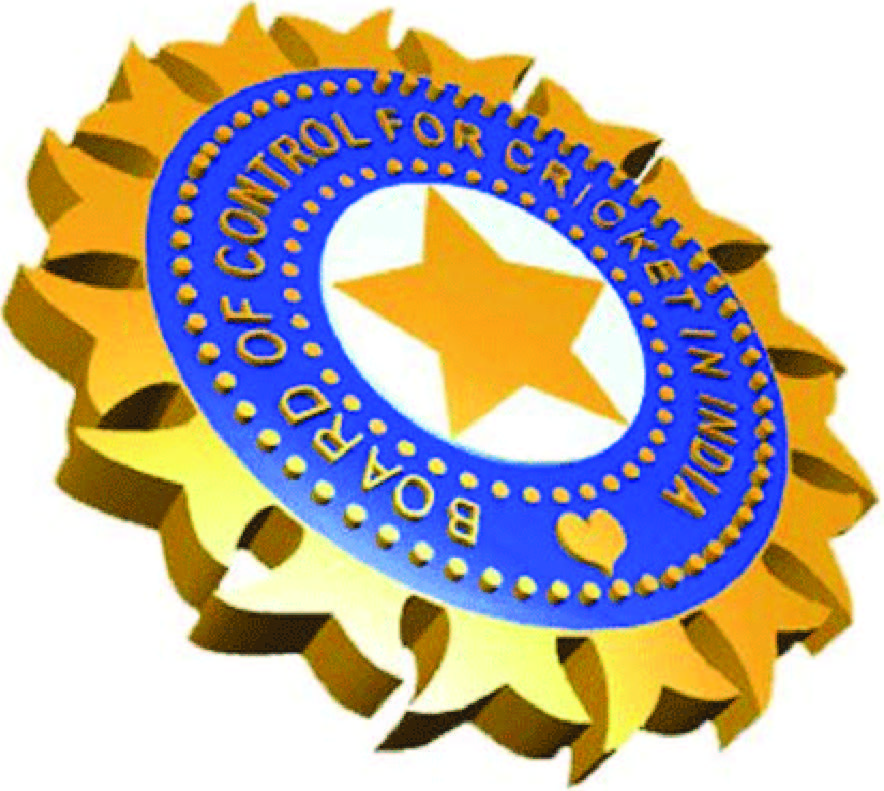NEW DELHI (TIP): The Indian cricket board (BCCI), which has long been looking for ways to minimize strain-related injuries to its players – especially the faster bowlers – has plans to devise a digital system that will revolve around the concept of injury prevention.
The idea was proposed at a recent workshop for physios headed by renowned physiotherapists from Australia Patrick Farhart, along with Andrew Leipus, at the National Cricket Academy (NCA). Apart from the creation of a digital database to monitor injuries, the system will also try to identify the threshold workload which will allow a player to remain injury free. This system is already under implementation in Australia and South Africa.
“The board has put more emphasis on preventing injuries rather than just rehabilitation. That’s why Farhart has come up with this system where there will be a digital bank in which each player’s workload is entered,” a BCCI official told TOI, adding: “He has discussed ways of tracking a player’s workload and understanding when a player may break down. There are different parameters for batsmen and bowlers but the key is to keep monitoring the faster bowlers.
The board won’t have to depend entirely on local physios who are with state teams.”
According to sources, there will be a core group of 15 physios operating across the country who will be punching in the workload of players. The digital database is also intended to be a tool to aid the selection process. “It doesn’t matter which state team a player represents. Suppose a player from Assam is picked for a national camp or an India ‘A’ camp at the NCA, the selectors and coaches can punch his name in the system and they will get all the details about the concerned player. This can also help in gauging how much workload a player can sustain if picked for an international tour,” sources said.
India’s fast bowlers have a long history of breaking down in the middle of a series. If the Farhart-Leipus system is executed properly, this problem can be minimized to a fair extent.”There is a spike against the name of each bowler. Once there is a rise, a possible injury can be traced a good three weeks before it aggravates. Accordingly, workload can be regulated,” the source said.
